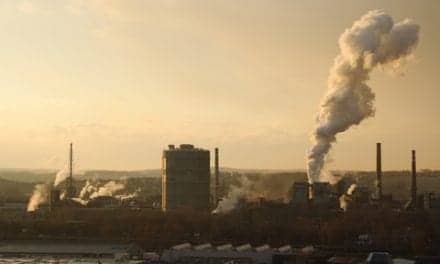Exposure to air pollution at levels well below current quality standards is linked to an increased risk for death, according to new data published in the December 26 issue of JAMA.
Numerous groups, including elderly adults, women, nonwhites, and Medicaid-eligible individuals, are particularly vulnerable to the ill-effects of daily exposure to increased levels of fine particulate matter (PM2.5) and warm-season ozone, Qian Di, MS, from the Department of Environmental Health, Harvard T. H. Chan School of Public Health in Boston, Massachusetts, and colleagues write.
The findings suggest the National Ambient Air Quality Standards (NAAQS), which were established by the US Environmental Protection Agency under the Clean Air Act, should be reevaluated, the authors write. To estimate the association between all-cause mortality and short-term exposure to daily ambient PM2.5 and warm season (April 1 – September 30) ozone concentrations, the researchers conducted a case-crossover study using claims data for all deaths among US Medicare participants between 2000 and 2012, comparing daily air pollution exposure on the date of death (case day) with exposure on control days.










